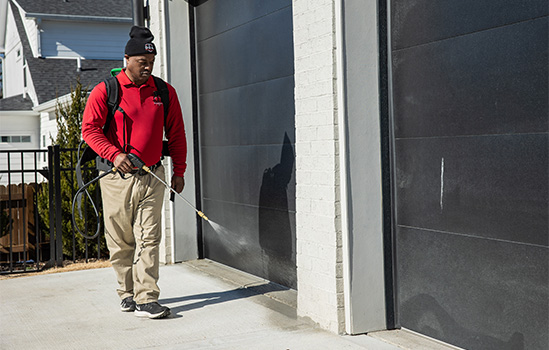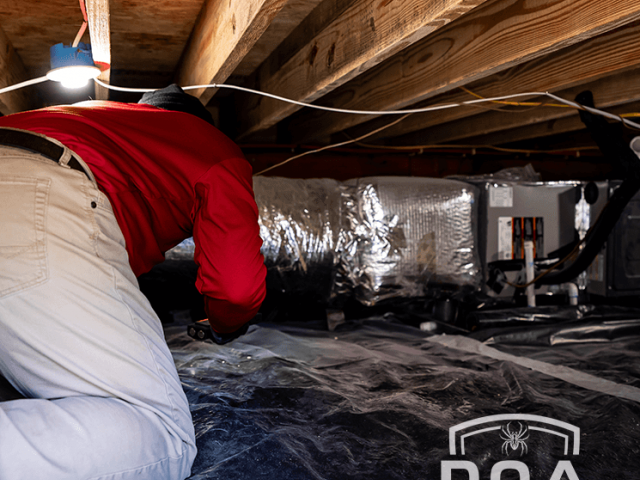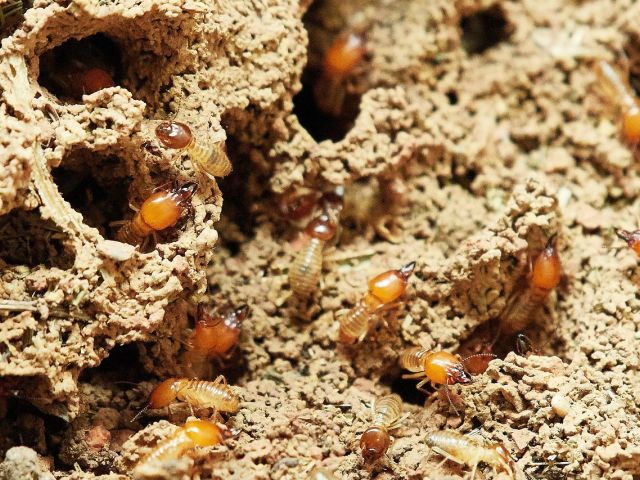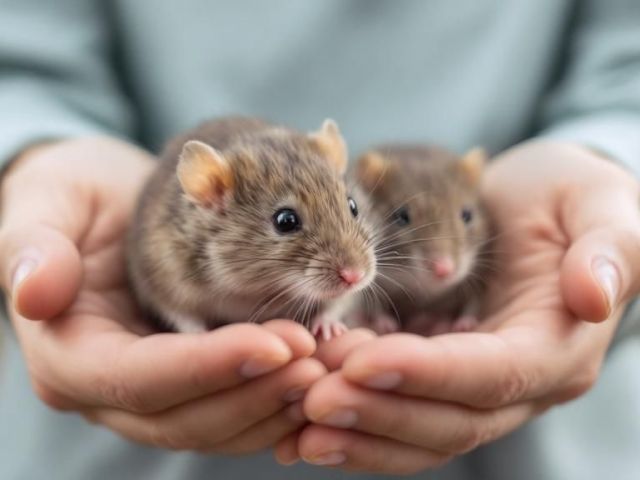Hidden Cockroach Hotspots in Homes this Fall Season
When the crisp air of fall arrives, homeowners often prepare for cooler temperatures and cozy indoor living. Unfortunately, this seasonal shift also drives one of the most resilient pests indoors: cockroaches. As outside temperatures drop, these pests seek warmth, moisture, and food inside homes, creating hidden infestations that can quickly spread if left unchecked.
Effective cockroach control starts with understanding where these pests hide and why fall is a peak time for infestations. They thrive in dark, damp environments that provide easy access to food and water; conditions common in many Tennessee homes.

Why Fall Invites Cockroaches Indoors
Cockroaches are masters of survival. As the weather cools, they begin migrating from outdoor shelters such as leaf litter, drains, and soil into homes where warmth and humidity remain steady. Even the smallest crack in a foundation or gap beneath a door can be enough for them to enter and establish a colony.
During fall, homeowners may overlook key conditions that attract cockroaches, such as leaking pipes, unsealed pantry items, or cluttered basements. These pests are not only unpleasant but also hazardous. They can spread bacteria like Salmonella and E. coli, trigger allergies, and worsen asthma symptoms, especially in children and older adults.
To understand how environmental factors like moisture and soil conditions influence pest migration, it’s worth exploring this expert discussion on how soil health affects pest activity. It provides insights into how outdoor conditions directly contribute to indoor infestations during seasonal transitions.
Common Cockroach Hiding Spots Inside Homes
Cockroaches prefer areas where they can hide easily and access water and food without being disturbed. These pests typically remain unseen during the day, making detection difficult until the infestation grows. Key hiding zones include:
- Kitchens and Pantries: Behind refrigerators, under sinks, and near dishwashers, where moisture and food crumbs are abundant.
- Bathrooms: Inside cabinets, under sinks, and behind toilets, where condensation provides ideal humidity.
- Basements and Laundry Rooms: Near drains, pipes, or stored items where roaches find both shelter and warmth.
- Utility Areas: Around water heaters, furnaces, and HVAC units that generate consistent heat.
- Appliances and Electronics: Inside coffee makers, microwaves, and behind televisions, where warmth attracts nesting.
Because roaches are nocturnal, spotting one during the day often indicates a larger population hiding within walls or under flooring. Professionals use specialized detection tools to locate these hidden colonies and treat them effectively.
Early Signs That Indicate a Growing Infestation
Identifying the early warning signs of an infestation is key to maintaining control before the problem spreads. Common indicators include:
- Droppings: Small, black specks resembling pepper found near food areas or in corners.
- Egg Casings: Oval-shaped capsules found behind furniture or appliances.
- Unpleasant Odor: A musty or oily smell caused by cockroach pheromones.
- Shed Skins: Evidence of molting as roaches grow in number.
- Sightings at Night: Increased movement when lights are off, especially in kitchens or bathrooms.
Ignoring these early signs allows colonies to expand rapidly. Female cockroaches can produce dozens of offspring within weeks, which means infestations often become severe before homeowners realize it.
Environmental Conditions That Support Cockroach Survival
Cockroaches are drawn to warmth, moisture, and clutter. Fall creates the perfect storm of environmental factors that make homes ideal harborage sites. Changes in outdoor conditions and human activity patterns both influence pest behavior.
Key factors that increase the likelihood of infestations include:
- Increased Indoor Humidity: Running heaters without adequate ventilation creates condensation that attracts roaches.
- Food Accessibility: Open containers, unsealed trash bins, and pet food bowls provide constant food sources.
- Structural Entry Points: Cracks in walls, foundation gaps, and loose window seals allow easy entry.
- Cluttered Storage: Stacked boxes and unused items create hidden nesting zones.
In some cases, cockroaches may share their environment with other pests seeking warmth during cooler months. To learn more about which intruders are most common in Tennessee households, visit this guide to local pests and how to keep them out. Understanding how multiple pests interact helps in developing a more comprehensive control plan.
Why Professional Cockroach Control Is the Best Defense
While over-the-counter sprays or traps might offer short-term relief, they rarely eliminate infestations at their source. Cockroaches breed in hidden spaces that are difficult to access, and improper treatments can cause colonies to scatter, making them even harder to eradicate.
Professional pest control specialists conduct thorough inspections, identifying every possible entry point and harborage area. Their treatment plans often include:
- Safe, targeted applications designed to reach cracks and wall voids
- Monitoring systems to track activity and measure effectiveness
- Follow-up visits to ensure long-term elimination and prevention
- Guidance on moisture reduction and sanitation to maintain results
A customized strategy not only eliminates visible roaches but also prevents new infestations from taking hold during future seasons.
Keep Your Home Protected This Fall
At DOA Pest Service, we know how quickly cockroaches can take over once they find a warm place to hide. Our proven cockroach control programs are designed to identify hidden hotspots, eliminate infestations at their source, and prevent reentry through smart exclusion and sanitation practices. Contact us today to schedule a professional inspection and take the first step toward a cleaner, pest-free home this fall.









